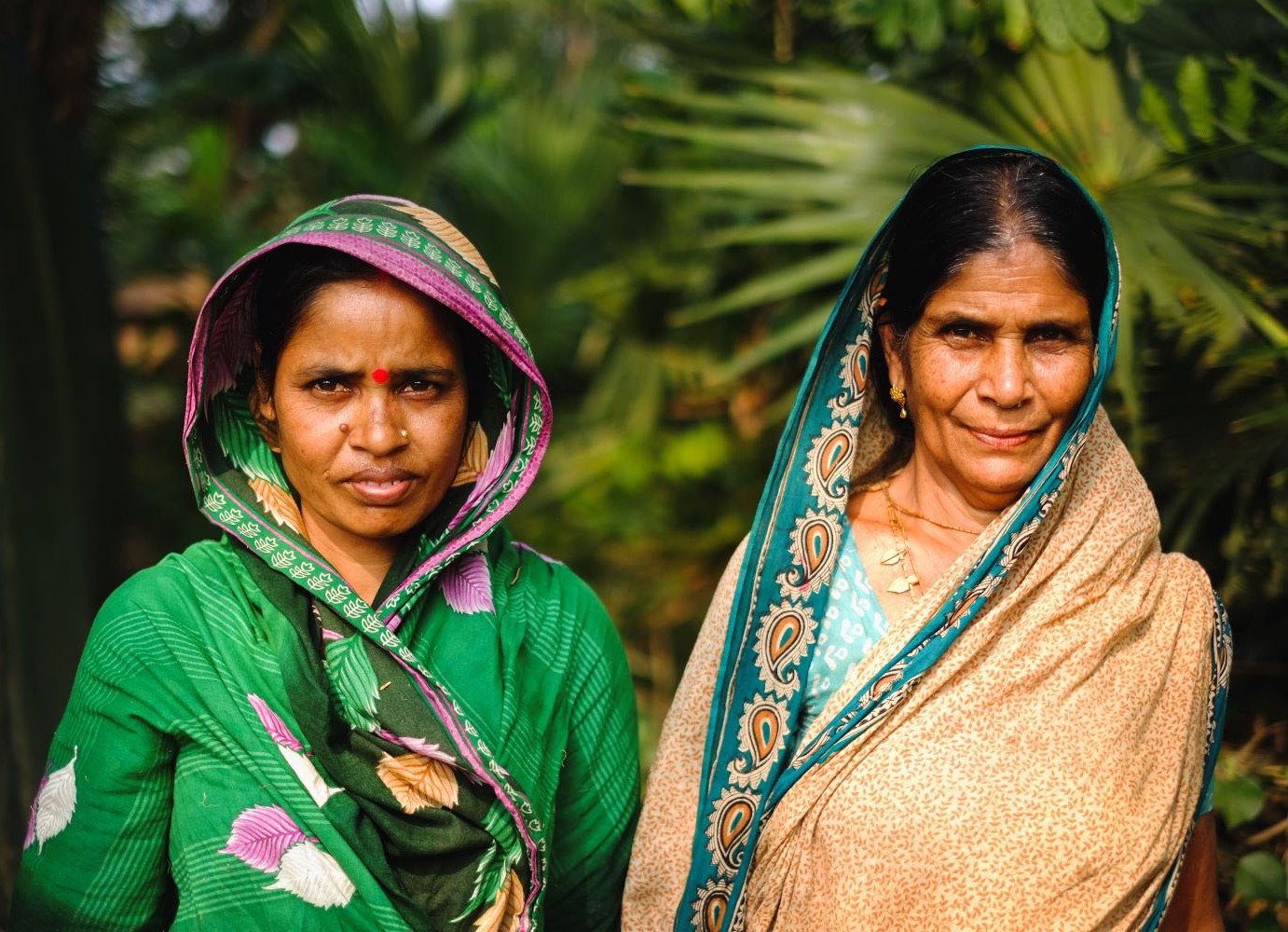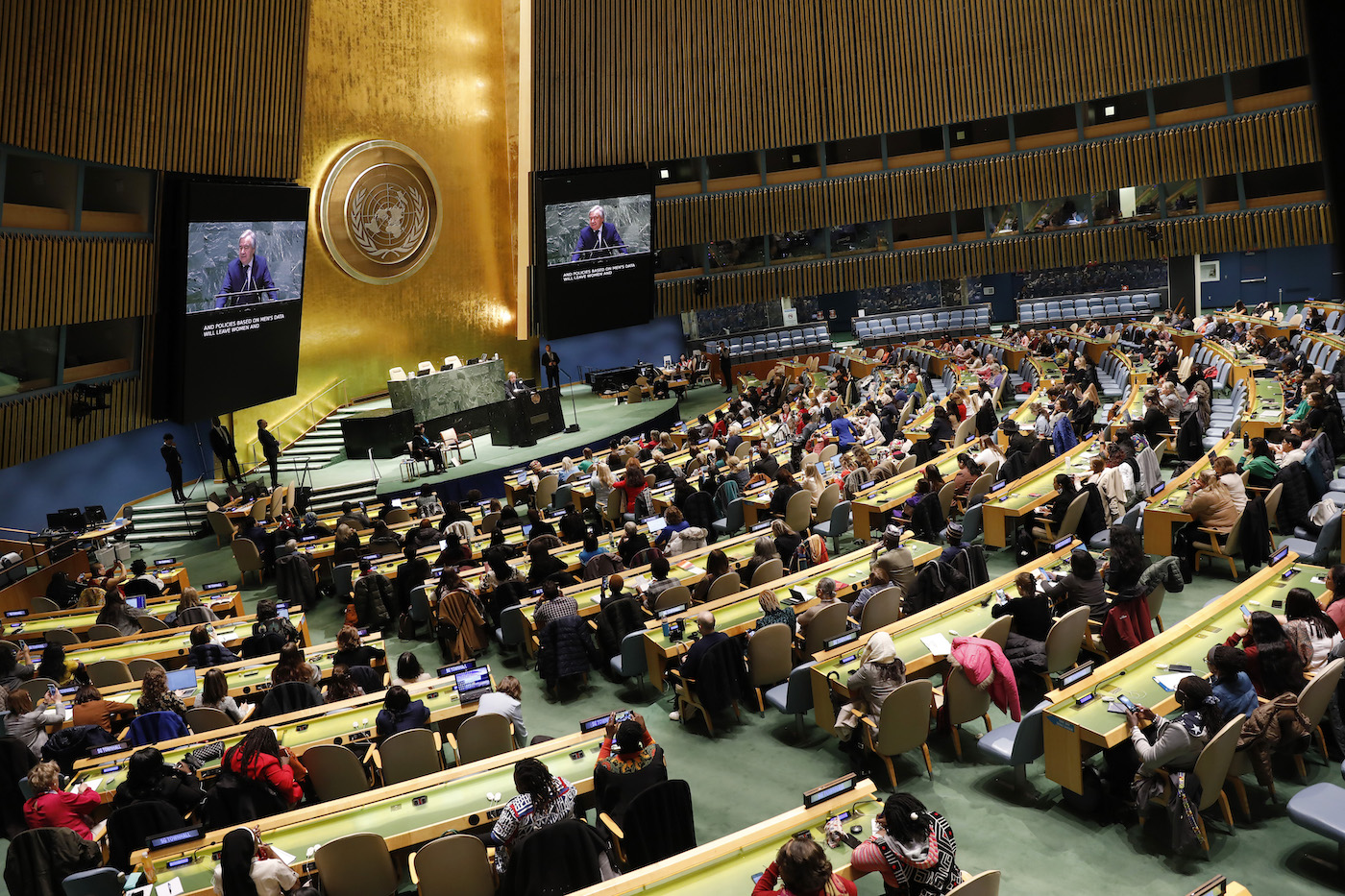A new ODI paper by Romilly Greenhill, Paddy Carter, Chris Hoy, and Marcus Manuel builds on Homi Kharas and John McArthur’s idea of including in the language for the Addis Financing Conference a provision for a “global social floor,” meaning that everyone in the world should be supplied with some basic public services and live above a minimum income. I think this may be a good way to give Official Development Assistance an ongoing rationale in the post–Millennium Development Goal (MDG) period. But there is a significant caveat: the goal should be service provision, not resource flows. That suggests the importance of clarifying what donors should sign up to at Addis.
Kharas and McArthur want Addis attendees to “commit to ensure, by [2025], that public spending targeted to individually consumed essential public services reaches at least [$300] per person per year in 2011 PPP terms, or [10 percent] of GNI, whichever is higher.” The ODI paper provides some (more) meat to those bones. It suggests $42 billion per year would fund a cash transfer scheme calibrated to the gap between the $1.25 poverty line and the average income of poor people in in each least developed country, $74 billion per year would provide a basic health package, and $32 billion per year would extend universal primary and lower secondary education to all in low-income countries. Some of that $148 billion could be met by low-income countries. But the authors estimate that if developing countries collected revenues in line with capacity and allocated half of their total resources to the social sectors, a total financing gap of around $84 billion per year would still be left, $73 billion of which is in low-income countries. That’s where aid comes in.
I think this is an interesting idea. The MDGs, with their focus on issues of the world’s most disadvantaged (living under $1.25, with high child and maternal mortality and low primary school completion) provided a framework for prioritizing aid flows. The post-2015 Sustainable Development Goals (SDGs) can’t do that: they cover far too much to provide focus on anything. Meanwhile, the role of aid in delivering development is rapidly shrinking simply because developing country economies are growing so big that aid is an increasingly marginal part of overall finance ($134 billion compared to developing country domestic resource mobilization closer to $10 trillion). And the discussions at Addis will (rightly) cover a whole set of issues beyond aid that, together, are considerably more important to achieving national development and the broad SDG agenda than aid flows. Nonetheless, the need for a framework and focus for aid impact is greater than ever.
One framework for aid could be an increasingly tight focus on what Lant Pritchett has coined “kinky development”: delivering on the social floor. That’s not because once everyone has completed primary schooling or reached $1.26 per day we can declare development success — far from it. It is because it is plausible that aid could still make a big difference in this area. For all the progress we have seen in income, health, and education over the past 50 years, hundreds of millions of people still live lives of such deprivation that even a fraction of a percentage point of the GDP of the world’s industrialized countries, if well spent, could provide a considerable bump-up to their quality of life — even if only as palliative, not cure.
But it is vital that the focus be on delivering services rather than delivering a particular amount of money. The overall link between health and education outcomes and spending in developing countries is weak, as is the relationship between aid expenditure and “kinky development” outcomes. Costing the MDGs was at best a very partial exercise for that reason (Shanta Devarajan says it was simply wrong), and the same applies to “costing the social floor.” It is good to know that in theory, with efficient delivery and political goodwill and so on, aid could plausibly fill a notional financing gap to meet the costs of delivering basic services, but any Addis commitment should be around delivering and paying for actual services — or, even better, outcomes such as kids fully immunized and able to read by fifth grade, households plausibly near or under the extreme poverty line provided a transfer equal to $1.00 per day per member and so on. That translates into language for Addis that looks something like this:
As part of a global commitment to end extreme poverty, low- and lower-middle-income countries commit to introduce a transparent and efficient transfer system to their poorest citizens, mobilizing domestic resources equal to at least one percent of GDP to fund it. Between 2020 and 2030, industrialized countries and multilateral institutions will finance the additional incremental efficient costs of transfers to ensure no person lives on less than $1.25/day, with payment made on the basis of verified completed transfers.…
[…]
As part of a global commitment to reduce child and maternal mortality alongside access to education, low- and lower-middle-income countries commit to putting in place universal health and education systems that ensure efficient delivery of basic learning and health services to all. Between 2020 and 2030 industrialized countries and multilateral institutions will finance the incremental efficient costs of a provision of a basic package of health and education services in low- and lower-middle-income countries sufficient to meet the commitments that cannot reasonably be met from domestic resources, with a considerable portion of the payment made on the basis of verified achieved mortality reductions and literacy improvements.
I’d argue the other important focus for aid should be the provision of global public goods, another area where billions in ODA can make a really significant difference. So it would be great to see industrialized countries at Addis making commitments to increase their aid support for technology development, knowledge and data, infectious disease and global environmental issues, for example. If the Financing for Development conference helped give two points of focus for aid around fostering the provision of global public goods and achieving the social floor, that would be a useful achievement.
Disclaimer
CGD blog posts reflect the views of the authors, drawing on prior research and experience in their areas of expertise. CGD is a nonpartisan, independent organization and does not take institutional positions.





